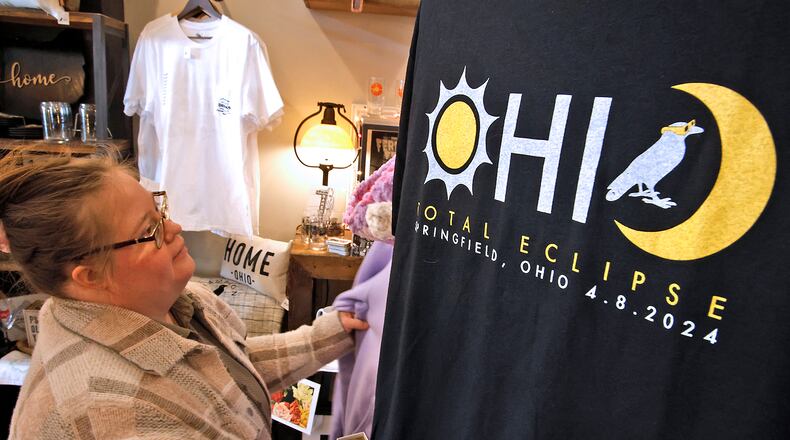My husband has viewed eclipses in Nantucket Island, MA, and Montana, and together we have seen them in Hawaii, Canada, Venezuela, Germany, Zambia, Egypt, Russia, China, Marquesas Islands, Australia, Gabon, Indonesia, Tennessee, and Argentina. We do not take photos except for a quick “I was there” shot on an iPhone. Others with experience and proper equipment to protect it take great photos and we usually get good photos from our other crazed, eclipse-chasing friends or we buy photos. We just want to enjoy the beauty of the eclipse.
So, we know a bit about what to look for and do, and I would like to share that information with you. Eclipse glasses are a must for the partial phases – the time when the moon takes its first bite out of the sun (first contact) until totality (second contact) and the time when it first leaves the sun (third contact) after totality until the moon has completely stopped blocking any of the sun (fourth contact). Before and after totality, which takes an hour or more, you won’t watch it continually, unless you also like watching grass grow. But don’t miss the diamond ring at the last second. At any rate, take your eclipse glasses off when totality hits and enjoy the spectacular sight!
Deciding where to go can be tricky. The longest totality takes place along the center line of a swath that is 124 miles wide. There are websites that can show you the map – see http://xjubier.free.fr/, find this eclipse and click on it to use the interactive map (subtract 4 hours from the time shown, which is Greenwich mean time). Just be sure to be within that swath or you will not see totality. Be prepared for traffic jams, especially afterward if you decide to venture from your home.
The weather, of course, plays a big part in the decision. Watch the weather reports in advance and make a plan – and a backup plan – as to where to go if it looks like it will be cloudy where you’ve chosen. Gas up, bring snacks and lawn chairs and find an area with bathrooms, or just look up at home if you’re okay with having less than maximum totality time and are definitely within that swatch of totality. For example, in Beavercreek where I live, totality lasts 2 minutes and 12 seconds, but on the center line in Minster it lasts 3 minutes and 58 seconds. Our area is not the first choice for viewing cloud/weather wise, so it may not be as jammed as the media and officials expect.
During the partial phases: Bring a white sheet and a colander – why? Because it’s fun to see the sun peeking through the little holes during the partial phases and see the little crescents they make on the sheet. Look for something called shadow bands, which are thin, wavy lines of alternating light and dark that can be seen moving, although they’re not always seen. Just before totality (and immediately after), when the moon almost entirely covers the sun, you’ll see a final bright spot and it looks like a diamond ring – hence the name “Diamond Ring Effect.”
The main event – totality! Roosters may crow, birds may fly around crazily, and people will be shouting and hollering about it – it will be dark! Literally the difference between night and day, a stark contrast to a partial solar eclipse. You’ll be able to see the corona and solar flares.
Kelly Korreck, NASA program manager for the 2024 total solar eclipse, notes “The most obvious feature will probably be the presence of streamers, or bright streaks emanating from the sun.” And it’s yours to watch for free!
Sandy Woodruff lives in Beavercreek and is a retired college math and statistics instructor.
About the Author
